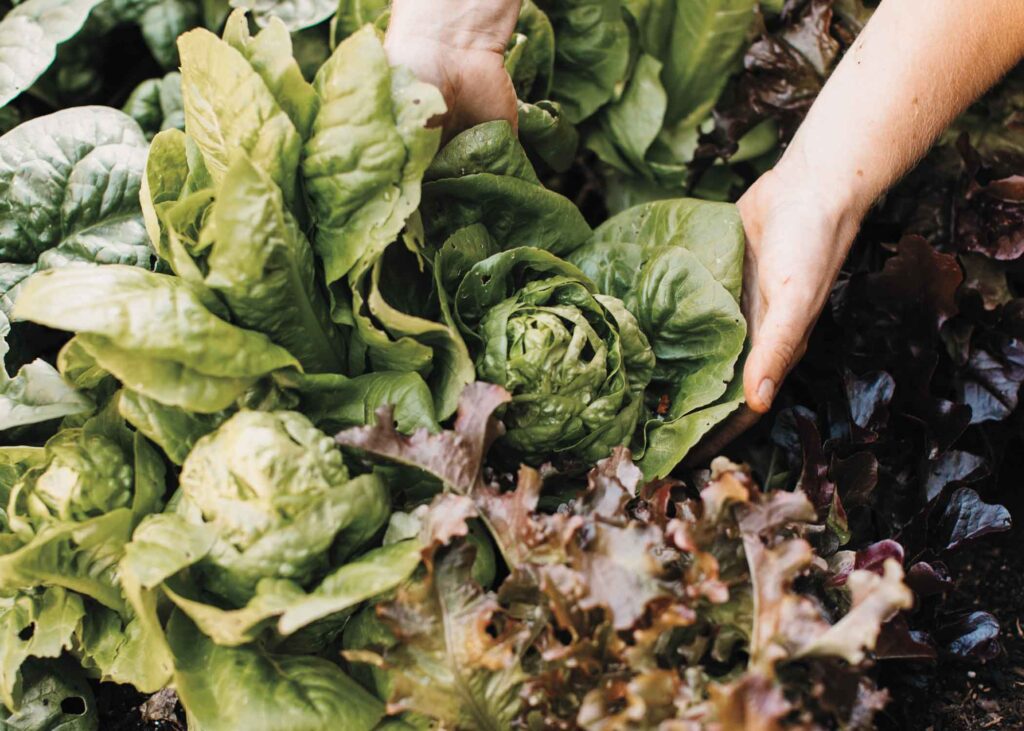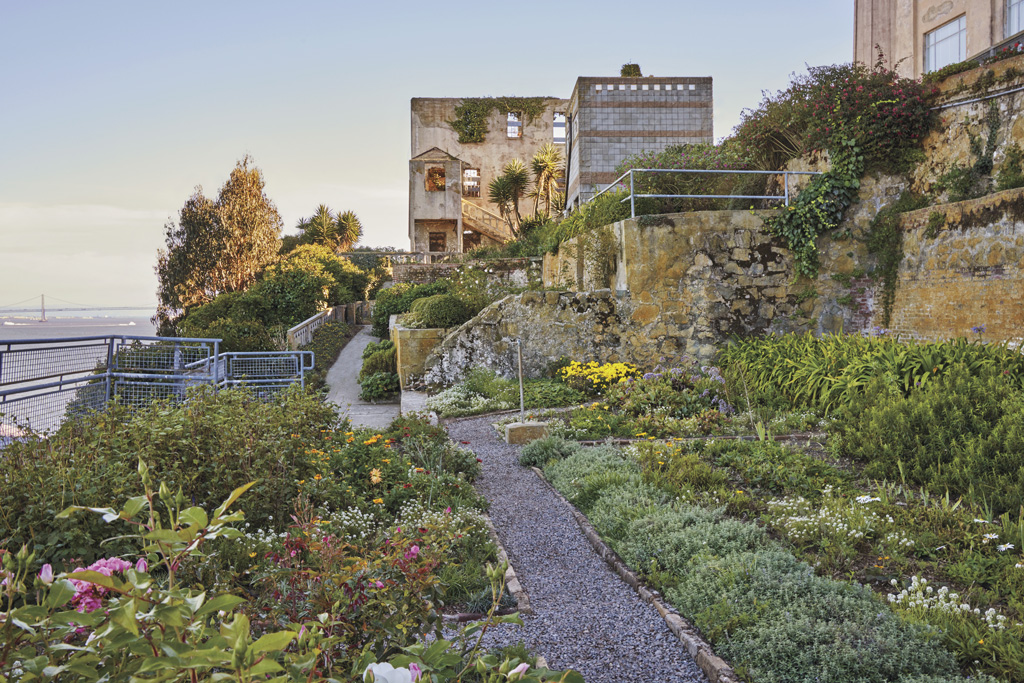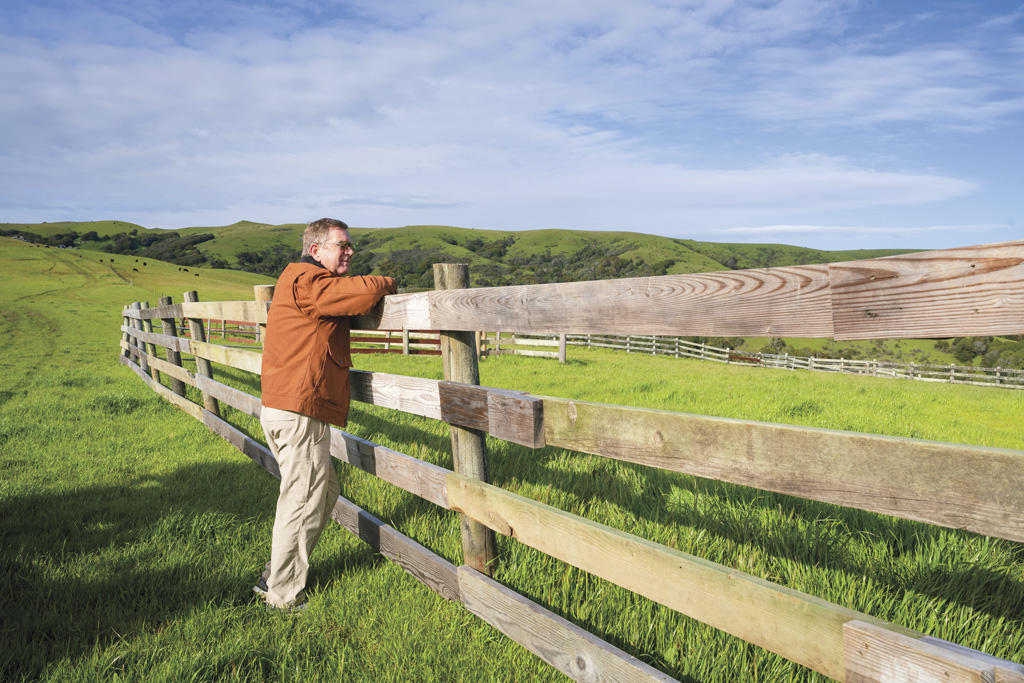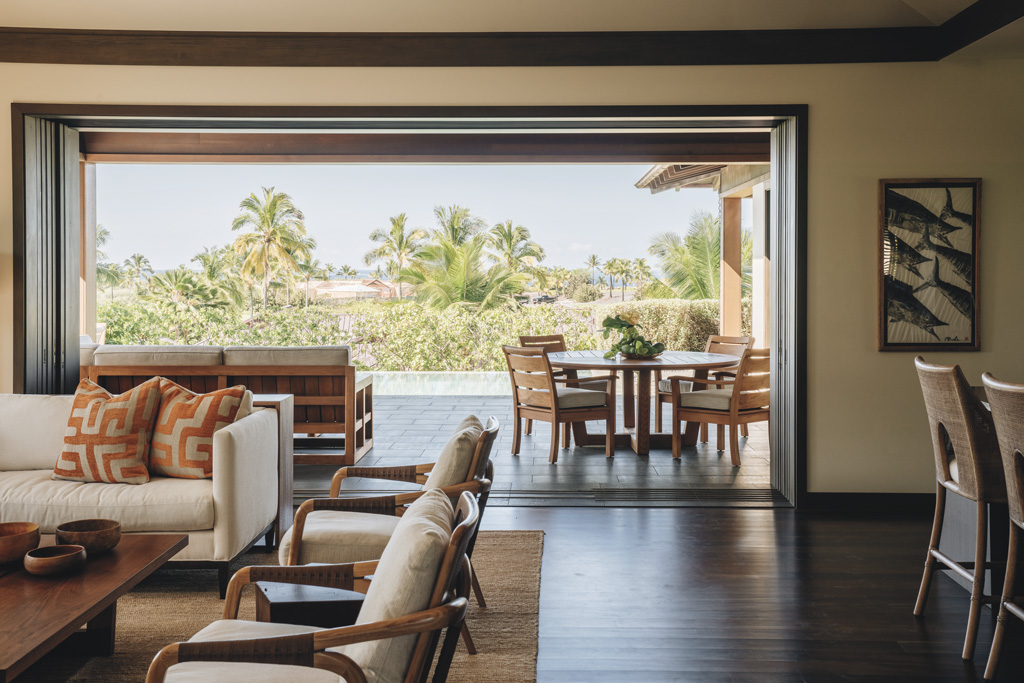Gardens
Your Plants Need Social Distancing Too
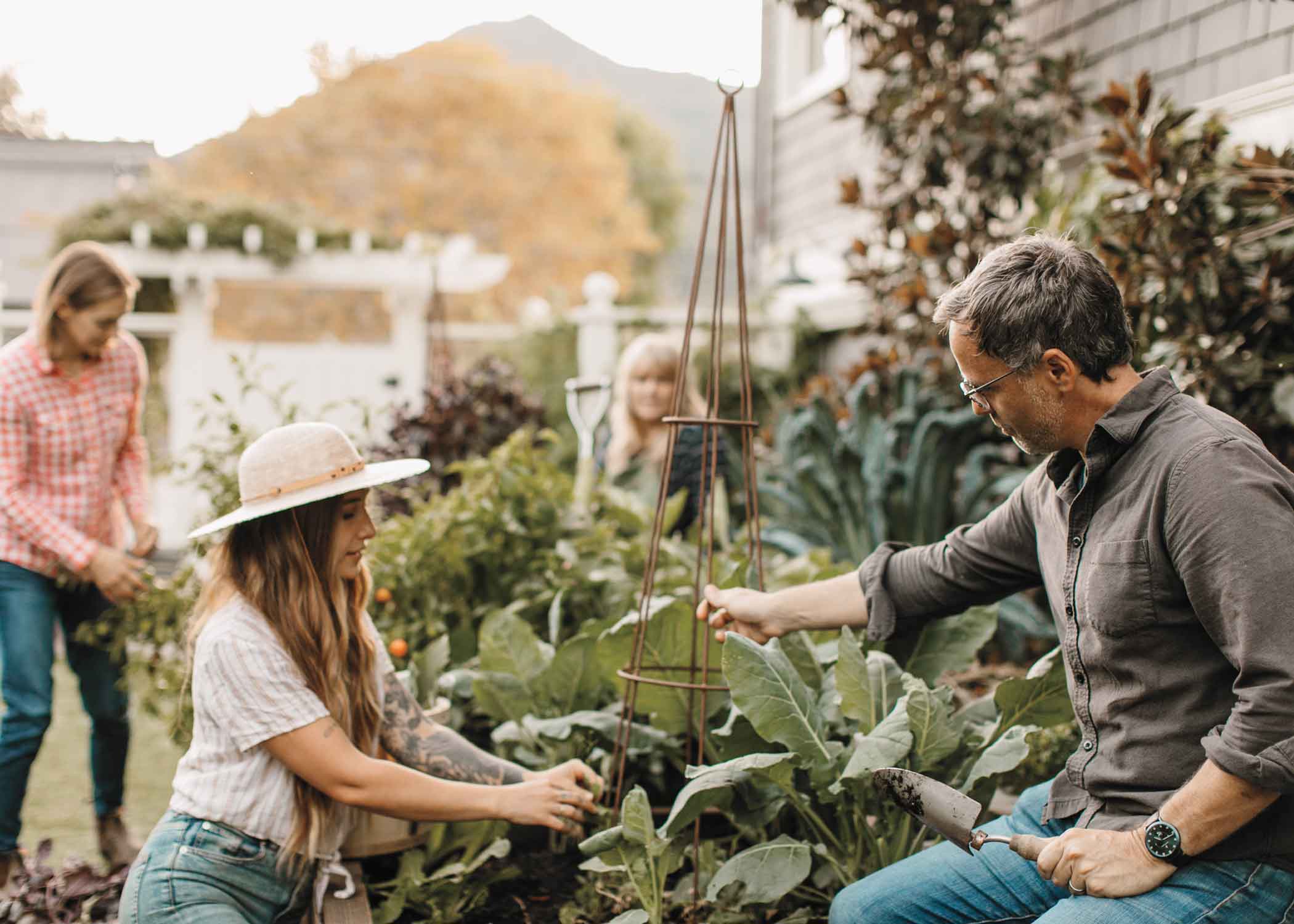 Christian Douglas and The Backyard Farm Company team hard at work. (photo by Sasha Gulish)
Christian Douglas and The Backyard Farm Company team hard at work. (photo by Sasha Gulish)Do spring trips to the garden nursery tend to get the best of you? Surrounded by an overflow of tantalizing vegetable seedlings bursting with delicious potential, you can easily find yourself leaving the store with way more plants than you have room for in your garden. Back home, you try and figure out a way to squeeze them all in and hope that the 10 tomato plants don’t elbow out the eggplants, peppers and basils you’ve planted right next to them. You’re not alone; it happens to the best of us.
However, packing in more plants doesn’t necessarily mean more production — and without a clear crop plan, you might be hurting your harvests. Use these three planting techniques to give your plants some breathing room and make the most of your summer garden.
Keep Your Distance
Each plant is competing for the sunlight, water, nutrients and air that it needs to grow to its full potential. Planted too closely together, seedlings will struggle to get enough nutrients in their crowded root zone or enough sun on their leaves, and as a result they often will not grow large enough to reach their full harvest potential. Similar to a houseplant in too small of a pot or a sapling in the shade of larger trees overcrowded garden beds can leave plants looking spindly or stunted instead of robust.
Overcrowding your garden can also increase the likelihood of disease and nutrient deficiency. Without scarcity of airflow and sunlight between leaves, fungal and bacterial diseases become more prevalent and spread easily. Do yourself and your plants a favor by giving them enough room to grow. This is especially important for large crops like tomatoes, brassica and squash, which are heavy feeders (they eat up a lot of nutrients in the soil) with a longer growth cycle, and this also means they are more susceptible to diseases like powdery mildew. Space is a little less crucial for quick small crops like salad greens, radishes and legumes, which don’t require large amounts of nutrients and can still grow quite happily in tight formation.
Get Specialized
Sometimes less really is more. It’s tempting to grow one of every variety you see in the seed catalogue or at the nursery, but this can lead to unsatisfactorily small harvests all around. Instead, try devoting more space to the vegetables you use most. For example, a large patch of salad greens is always good to have on hand, or enough snap peas to use in a recipe for the whole family. Specializing in five or so vegetables that you can get multiple harvests from is a smart way to grow. We find that specialization produces harvests that can help you scratch items off your grocery list. You may find yourself saying, “I never have to buy kale at the store again!” Other perfectly prolific summer vegetables include basil, cherry tomatoes, chard, green beans, shishito and jalapeño peppers, and zucchini.
Work in Succession
If you only plant veggies once in the spring, you’re likely to run out of salad greens and root crops to harvest after he practice of staggering your plantings over time so that you never run out. Lettuce, arugula, mustard greens, radish, carrots and cilantro are all ideal candidates — just seed a new row every month for an almost continuous supply. It’s easy to see why this is one of my favorite backyard tips. The ideal summer garden includes an even mix of these smaller, fast growing succession crops and the larger long-term crops. You can be eating lettuce, radishes and kale all spring while you wait for your tomatoes, peppers and cucumbers to ripen up.
Now just remember to amend your soil with compost or fertilizer before planting and water your veggies consistently. Before you know it, you’ll be well on your way to a bountiful summer. And if you still have crop planning questions, The Backyard Farm Company has just launched a Farm in Four Weeks online course that covers all the fundamentals of backyard farming.
Christian Douglas, of Marin-based Christian Douglas Design, is an award-winning landscape designer known for his food-forward approach to exterior style. He is the founder of The Backyard Farm Company, which supports families by helping them become confident about growing food at home.
Spacing Specifics
Front Row Successions:
20–40 seeds per foot: arugula, loose-leaf lettuce, cilantro, carrots, turnips, radish (root veg seedlings should be thinned to 1 inch apart). If you live in a hot part of Marin, avoid planting these in the midsummer heat.
Middle of the Pack:
3–4 inches: peas, beans, mustard greens, spinach; 6–10 inches: bok choy, fennel, endive, lettuce, onions (and garlic; leeks in winter)
Large and in Charge:
1 foot: peppers, strawberries, celery, chard, kale, collards, potato, basil (basil likes its own company, so plant in clusters); 18 inches: cucumber, eggplant (broccoli, cabbage and cauliflower in the winter); 2 feet: tomatoes, summer squash (zucchini), winter squash (like butternut, plant in the spring, harvest in fall, eat through winter). It’s always a good idea to plant tall crops in the “back” (often north, depending on your garden’s orientation to the sun) so that they don’t cast shade on your other crops.
